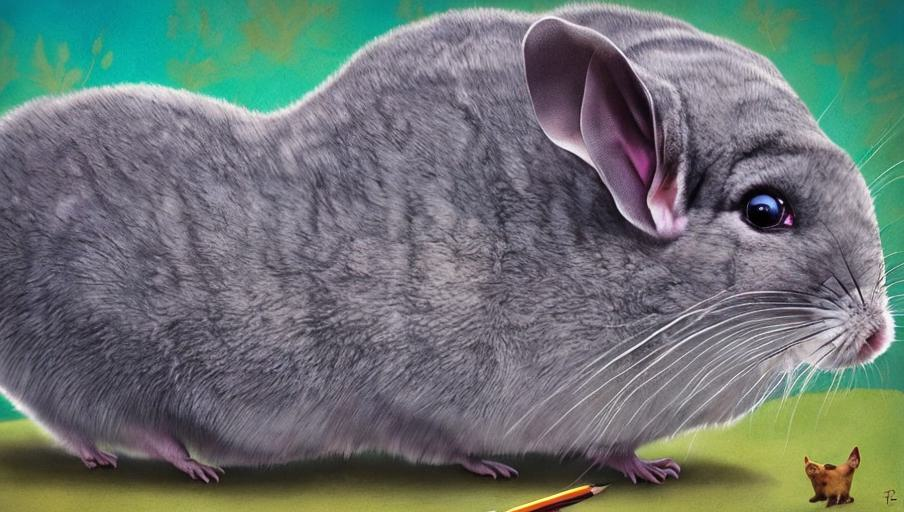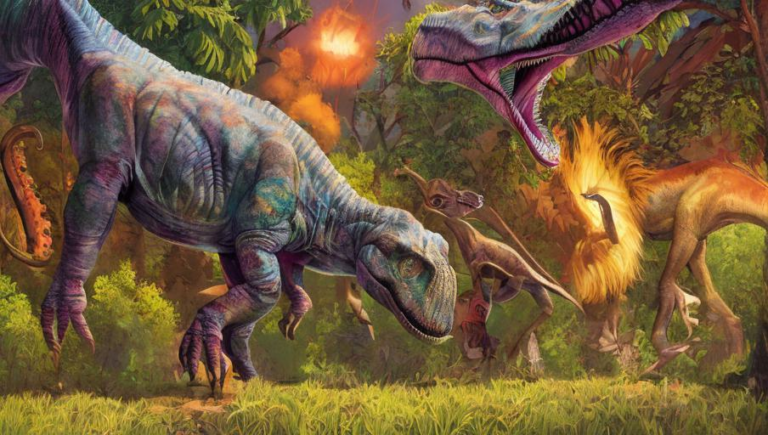Yielding a Closer Look at Chinchillas

What is a Chinchilla?
Chinchillas are small rodents native to the Andes Mountains in South America. They are part of the rodent family, and they are the second largest member of the group. Chinchillas are nocturnal, so they are active during the night, and they sleep during the day. They have thick, soft fur which is why they are often kept as pets.
Physical Characteristics
Chinchillas are small animals, measuring around 11-14 inches long, with a tail of around 4-6 inches. They have large, round ears and dark eyes. Chinchillas have a thick coat of fur, made up of a combination of guard hairs and undercoat. They have a dense fur coat that helps protect them from the cold temperatures in the Andes mountains. This fur also helps them blend into the environment, making it hard for predators to spot them.
Habitat and Diet
Chinchillas are found in high altitudes in the Andes mountains, where they live in dry, rocky areas with sparse vegetation. Here, they feed on plants and small insects. In captivity, chinchillas can be fed a variety of vegetables, fruits, and hay. They also need to have access to fresh, clean water.
Behavior
Chinchillas are social animals, and they typically live in large colonies. They communicate with each other through a variety of vocalizations, body language, and scent marking. They are also quite active, and they love to climb, jump, and explore their environment. Chinchillas also have excellent hearing and an acute sense of smell.
Reproduction
Chinchillas have a short mating season, typically occurring in the late winter and early spring. After mating, the female chinchilla will give birth to two to four young, called kits. The kits are born blind and helpless, and the mother will care for them for around three months until they are weaned. Chinchillas typically live for around 10-15 years in captivity, and they can live even longer in the wild.
Conservation
Chinchillas are listed as an endangered species, due to their decreasing numbers in the wild. The main threats to these animals are habitat destruction, poaching, and climate change. Conservation efforts are underway to protect the species and their habitat. Additionally, chinchillas are often kept as pets, and they can be bred in captivity to help maintain their population numbers.
Conclusion
Chinchillas are fascinating creatures, and they have a lot to offer to the world. Although their numbers are decreasing in the wild, there are conservation efforts in place to protect them and their habitats. Additionally, chinchillas make great pets, and they can be bred in captivity to help maintain their population numbers. With the right care, these creatures can be enjoyed for years to come.





